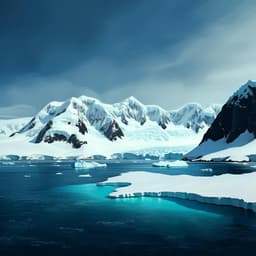
Space Sciences
Dynamic Europa ocean shows transient Taylor columns and convection driven by ice melting and salinity
Y. Ashkenazy and E. Tziperman
Explore the depths of Europa's ocean, where the conditions could harbor extraterrestrial life! This remarkable study conducted by Yosef Ashkenazy and Eli Tziperman reveals intricate dynamics like transient convection and zonal jets, all under the thick icy shell of Jupiter's moon—insights that could guide future missions to this enigmatic world.
Playback language: English
Related Publications
Explore these studies to deepen your understanding of the subject.







